I'm working with the 802.11 radiotap header making my own parser and it states the packet format is this where the length is 2 bytes long:
In wireshark the hex of the header is this where the 2 bytes 19 00 are the length field, but wireshark ignores the trailing 00 and interprets it as legnth 25 (decimal) instead of length 6400 (decimal):
How does wireshark (correctly) know to interpret the number correctly?
The link above says the length is stored in little endian and my system is little endian so I'm not sure what's happening on that front?

